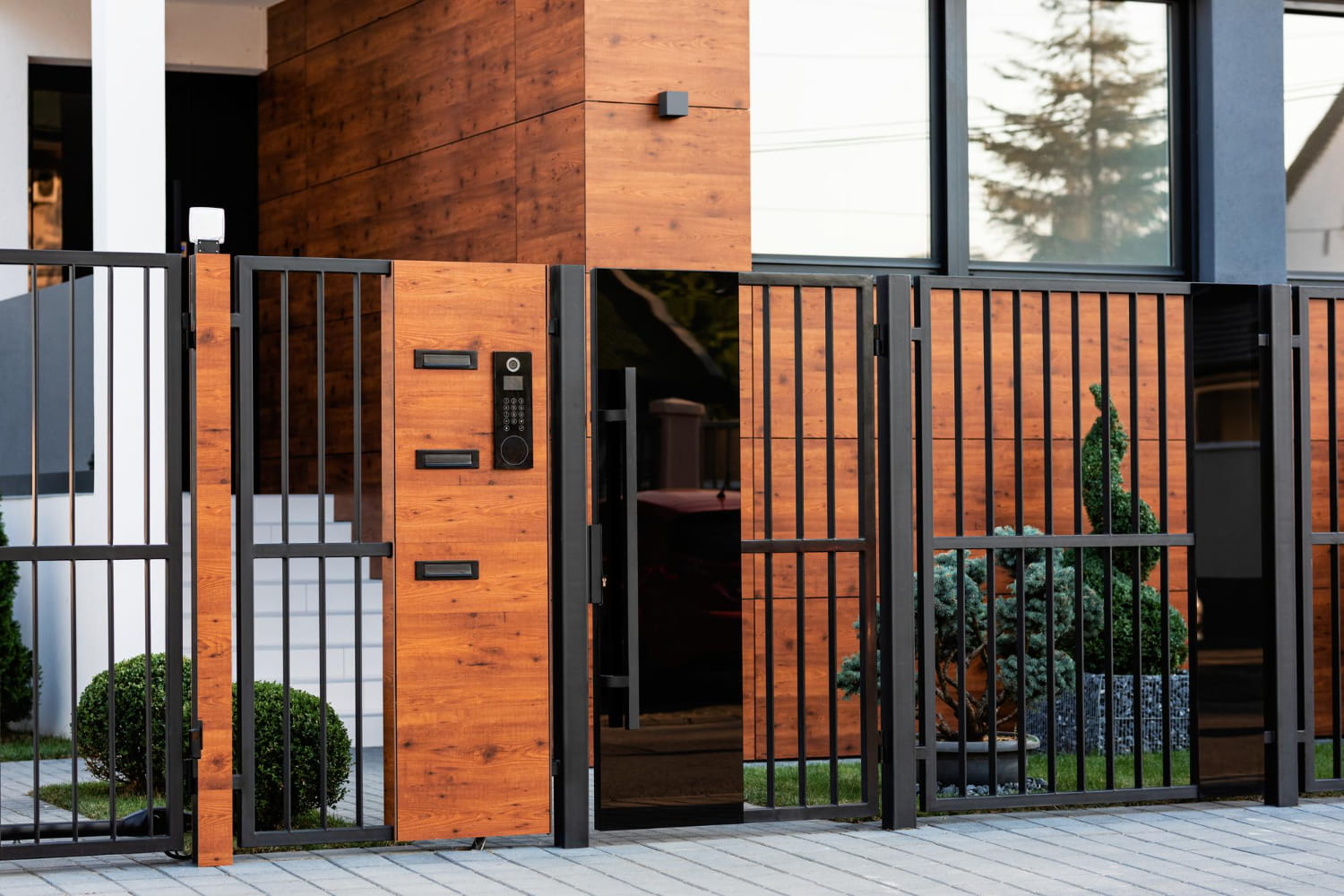There’s something oddly satisfying about watching a gate glide open — no clunky wheels, no awkward scraping against the ground, just clean, silent motion. That’s the beauty of a well-done cantilever gate installation. And if you’ve been thinking about upgrading your entrance gates, this system is probably the sleek, low-maintenance upgrade you didn’t know you needed.
Gone are the days of heavy, dragging gates that get stuck every time it rains. Modern cantilever gates are all about precision, durability, and that extra bit of class that makes your property stand out — whether it’s your home, business, or industrial site.
What Makes Cantilever Gates So Different?
The big difference is in how they move. Traditional sliding gates roll along a track set into the ground — and that’s fine until dirt, gravel, or leaves jam it up. A cantilever gate installation, on the other hand, doesn’t touch the ground at all. It “floats,” supported by rollers mounted on posts.
That means:
- No tracks to clean or repair.
- Perfect operation on uneven surfaces.
- Less wear and tear (and fewer headaches).
- A cleaner, modern aesthetic that looks seriously good.
Basically, it’s a gate built for Australian conditions — dust, heat, rain, whatever nature throws at it.
Why Property Owners Are Making the Switch
There’s a reason more people are swapping out their old entrance gates for cantilever systems. It’s not just about looks (though, let’s be honest, they do look sharp). It’s about performance and practicality.
For residential spaces, they offer convenience — imagine rolling up to your driveway, tapping a button, and watching your gate glide open without worrying about debris or alignment. For commercial or industrial properties, the real win is reliability and security. No ground track means fewer points of failure, which translates to smoother operation and less downtime.
And the installation? While it takes a bit of precision, a good installer will make it look effortless.

Inside the Installation Process
A cantilever gate installation starts with smart planning. The posts have to be strong — usually steel or aluminium — and the balance of the gate is key. Because it’s supported from the side (not rolling along a track), the counterbalance section behind the gate must be engineered perfectly.
Good installers will:
- Assess your site layout and slope.
- Custom-measure the gate’s span and counterweight.
- Install heavy-duty rollers and posts.
- Align everything so the gate slides perfectly — every single time.
And when it’s done right, the motion feels almost weightless.
Matching Style and Function
Function’s great, but let’s talk design. Modern entrance gates don’t have to look industrial or boring. You can choose from powder-coated steel, aluminium slats, timber infills, or custom designs that match your home’s aesthetic. Want privacy? Go solid-panel. Want airflow and visibility? Try open slats or mesh inserts.
Many homeowners also integrate automation — sensors, remotes, even smartphone control. Pair that with some LED lighting and you’ve got a seriously impressive front entry that’s both secure and stylish.
Why It’s Worth the Investment
Sure, an automatic sliding gate installation might cost more upfront than a basic track system, but the long-term savings on maintenance make up for it. No ground tracks to realign, no rusted rollers to replace, and fewer service calls overall.
Plus, the smooth glide, quiet operation, and sleek look just elevate the whole property. It’s one of those upgrades that not only improves function but also adds curb appeal and value.
Final Thought
Whether it’s your home driveway, an apartment complex, or an industrial facility, your gate is the first impression. And first impressions matter.
Choosing a cantilever gate installation for your entrance gates isn’t just about security — it’s about convenience, style, and smart engineering. It’s a small touch that makes a big difference every single day.
Because when something works flawlessly — rain, shine, or Monday morning rush — that’s not just a gate. That’s peace of mind.



